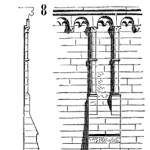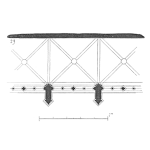
The New-Products manager asked me, “Your actuarial failure rate estimates (from vehicle registrations, bills-of-materials, and automotive aftermarket store sales) are for dead-forever parts with at most one failure. What if auto parts could be renewed or replaced more than once?” Chagrined, I wrote a spreadsheet program to estimate actuarial rates for renewal processes, without life data. But what is the corresponding estimator from grouped, cohort renewal counts like the Kaplan-Meier estimator for grouped, cohort failure counts?
[Read more…]











 Ask a question or send along a comment.
Please login to view and use the contact form.
Ask a question or send along a comment.
Please login to view and use the contact form.